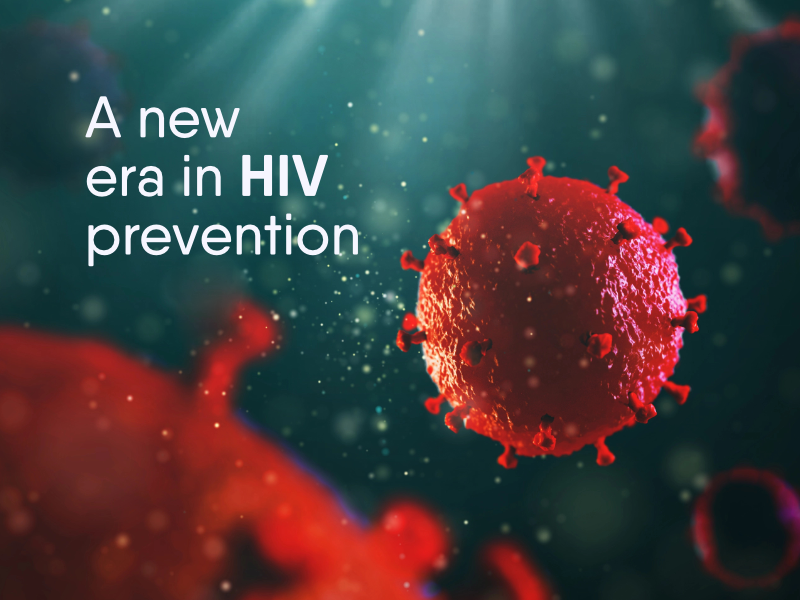Understanding Mpox: What You Need to Know
- Byon8 Team
- Aug 19, 2024
- 3 min read
In recent years, Mpox, formerly known as monkeypox, has become a topic of increasing concern in the global health community. With rising cases in various parts of the world, it’s crucial to understand what Mpox is, how it spreads, and what can be done to protect yourself and others. This article will explore the essential facts about Mpox, including its symptoms, transmission, prevention, and the latest data on the outbreak.
What is Mpox?
Mpox is a viral zoonotic disease, meaning it is transmitted from animals to humans. It is caused by the Mpox virus, a member of the Orthopoxvirus genus, which also includes the variola virus (which causes smallpox) and the vaccinia virus (used in the smallpox vaccine). Although it shares some similarities with smallpox, Mpox is generally less severe and less contagious.

Symptoms of Mpox
Mpox symptoms typically appear within 5 to 21 days after exposure to the virus. The disease often begins with flu-like symptoms, such as:
Fever
Chills
Muscle aches
Fatigue
Headache
After the initial symptoms, a rash typically develops, starting on the face and then spreading to other parts of the body, including the hands, feet, and genital areas. The rash progresses through several stages, from macules (flat lesions) to papules (raised lesions), vesicles (fluid-filled blisters), pustules (pus-filled blisters), and finally, scabs. The rash can be painful and may lead to scarring.
In most cases, Mpox is a self-limiting disease, with symptoms lasting between 2 to 4 weeks. However, severe cases can occur, particularly in young children, pregnant women, and individuals with weakened immune systems.

Transmission of Mpox
Mpox is primarily transmitted to humans through direct contact with the blood, bodily fluids, or skin lesions of infected animals. Human-to-human transmission can occur through:
Direct contact with infectious skin lesions or bodily fluids.
Respiratory droplets during prolonged face-to-face contact.
Contaminated objects (fomites) such as bedding, clothing, or other materials that have come into contact with the virus.
Recent outbreaks have shown that Mpox can also be transmitted through intimate contact, including sexual activity, although it is not classified as a sexually transmitted infection (STI).
Current Outbreaks and Statistics
Mpox was once considered a rare and geographically confined disease, with most cases reported in Central and West African countries. However, since May 2022, there has been a significant increase in cases reported outside of Africa, particularly in Europe and the Americas.
According to the World Health Organization (WHO), as of August 2024, there have been over 88,000 confirmed cases of Mpox reported across 110 countries during the ongoing outbreak. The global case fatality rate (CFR) for Mpox has historically ranged from 1% to 10%, depending on the strain of the virus and the region. However, during the current outbreak, the CFR has been lower, likely due to better access to healthcare and supportive treatments. Vaccination efforts and public health interventions have also played a critical role in controlling the spread of the virus.
Prevention and Vaccination
Preventing Mpox involves several key strategies:
Avoid contact with infected animals: If you live in or travel to areas where Mpox is endemic, avoid contact with wild animals that could be reservoirs of the virus.
Practice good hygiene: Wash your hands regularly with soap and water, especially after contact with potentially contaminated objects or animals.
Use protective equipment: Healthcare workers and others at high risk of exposure should use personal protective equipment (PPE) when caring for Mpox patients.
Limit close contact: If you are in an area experiencing an outbreak, avoid close contact with individuals who have symptoms of Mpox.
Vaccination is a crucial tool in preventing Mpox. The smallpox vaccine, particularly the newer generation vaccines like MVA-BN (also known as JYNNEOS or Imvamune), has been shown to be effective against Mpox. In response to the recent outbreaks, several countries have initiated targeted vaccination campaigns for high-risk populations, including healthcare workers and those with known exposures.

Treatment and Outlook
There is currently no specific antiviral treatment approved for Mpox. However, supportive care can help manage symptoms and reduce complications. This includes:
Pain management for rash and lesions
Fluid replacement to prevent dehydration
Treatment of secondary bacterial infections if they occur
In some cases, antiviral medications used for smallpox, such as tecovirimat (TPOXX), may be considered for severe cases of Mpox, especially in patients with compromised immune systems.
Conclusion
Mpox is a growing global health concern, but with increased awareness, vaccination, and preventive measures, we can mitigate its impact. Understanding the symptoms, transmission routes, and prevention strategies is essential for protecting yourself and others. Stay informed, practice good hygiene, and consider vaccination if you are in a high-risk group. At BYON8, we are committed to keeping you updated and helping you navigate the evolving landscape of global health threats.



Comments